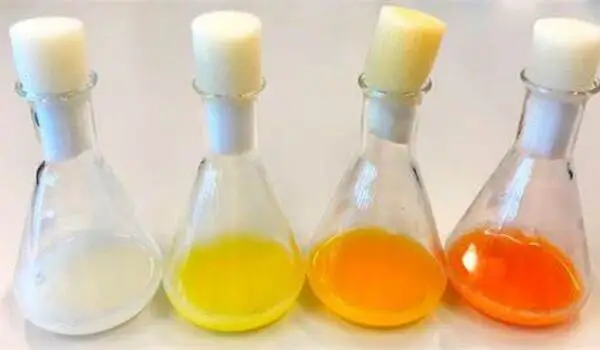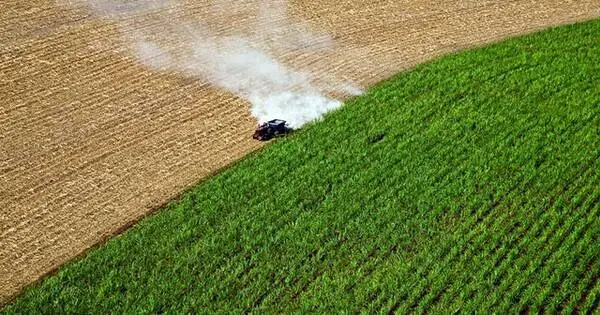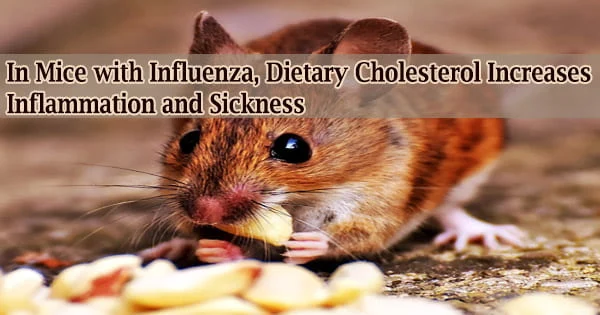Bioengineered yeast that consumes agricultural waste is an intriguing example of how biotechnology can be used to address sustainability issues. These yeast have been genetically modified to efficiently metabolize and convert various agricultural waste components into valuable products. This method has the potential to address a variety of issues, including waste reduction, resource optimization, and the creation of useful substances.
Researchers developed a bioengineered yeast that can grow efficiently on a variety of sugars derived from agricultural waste biomass, effectively closing a carbon cycle for the biosynthesis of fuels, pharmaceuticals, and plastics.
Yeast has been used for thousands of years to make beer and wine, as well as to add fluff and flavor to bread. They are nature’s tiny factories that can feed on sugars found in fruits, grains, and other nutrients and produce alcohol for beverages and carbon dioxide to make bread rise.
Tufts University School of Engineering researchers report creating modified yeast that can feed on a wider range of materials, many of which can be derived from agricultural by-products that we don’t use – leaves, husks, stems, even wood chips – what is commonly referred to as “waste biomass.”
Getting yeast to grow on xylose was an important advance, but re-engineering different yeast organisms to grow on each biomass sugar is not the best approach. We wanted to design a single yeast organism that can feed off a complete, or nearly complete menu of biomass sugars.
Sean Sullivan
Why is it important to make yeast that can feed on these agricultural leftovers?
Scientists have recently modified yeast to produce other useful products such as pharmaceuticals and biofuels. It’s a clever way to let nature do our work while avoiding the use of toxic chemicals in the manufacturing process. The technology, known as “synthetic biology,” is still in its early stages, but in order to achieve large-scale biosynthetic production from yeast, we must feed yeast something other than what we need to eat.
A lot to chew on – engineering yeast to grow on biomass sugars
The Tufts team’s novel yeast can feed on sugars such as xylose, arabinose, and cellobiose, which can be extracted from indigestible woody parts of crops such as corn stalks, husks, and leaves, and wheat stems. Every year, approximately 1.3 billion tons of this waste biomass are produced, providing more than enough sugars to power a vast industry of yeast biosynthesis.
“If we can get yeast to feed on waste biomass, we can create a biosynthetic industry with a low carbon footprint,” said Nikhil Nair, an associate professor of Chemical and Biological Engineering at Tufts. “For example, when we burn biofuels made by yeast, we produce a lot of carbon dioxide, but that carbon dioxide is re-absorbed into crops the following year, which the yeast feed on to make more biofuel, and so on.”

Minimal engineering for maximum output
Nair and his colleagues reasoned that modifying an existing genetic “dashboard” that yeast uses to regulate galactose consumption (a sugar commonly found in dairy products) would provide the best chance for efficient consumption of waste biomass sugars. The dashboard, known as a regulon, contains genes that detect the presence of sugar and activate enzymes that break down sugar chemically so that its carbon and oxygen components can be rebuilt into new components. The new components are mostly small molecules and proteins that the yeast requires to survive, but they can also be novel products engineered into the yeast by scientists.
In an earlier study, the researchers modified the galactose regulon so that the sensor detects the biomass sugar xylose, and triggers enzymes to process xylose instead of galactose.
“Getting yeast to grow on xylose was an important advance,” said Sean Sullivan, a graduate student in the Nair lab who co-led the recent study, “but re-engineering different yeast organisms to grow on each biomass sugar is not the best approach. We wanted to design a single yeast organism that can feed off a complete, or nearly complete menu of biomass sugars.”
Sullivan only made minor changes to the xylose-specific regulon by changing the sensor protein to accept xylose, arabinose, and cellobiose. Aside from a few minor tweaks, the new regulon allowed the yeast organism to grow at rates comparable to yeast grown on native sugars glucose and galactose.
“By using native regulatory networks linked to cell growth and survival, we could take a minimal engineering approach to modifying and optimizing sugar consumption,” said Vikas Trivedi, a postdoctoral researcher who co-led the research. “It just so happens that yeast has the machinery to grow on non-native sugars, so long as we adapt sensors and regulons to recognize those sugars.”
Improving the back end of production
Remodeling yeast to grow on waste biomass sugars sets the stage for improved production of biosynthesized products, which include drugs such as insulin, human growth hormone, and antibodies. Yeast has also been engineered to produce vaccines by expressing small fragments of virus that stimulate the immune system.
Indeed, yeast can be re-engineered to produce natural compounds used in the manufacture of drugs, which are otherwise difficult to obtain due to their extraction from rare plants. These include scopolamine, which is used to treat motion sickness and postoperative nausea, atropine, which is used to treat Parkinson’s disease patients, and artemensin, which is used to treat malaria.
Ethanol is a well-known biofuel produced by yeast, but scientists have engineered the organism to produce other fuels such as isobutanol and isopentanol, which have higher energy per liter than ethanol.
Bioengineered yeast can also produce bioplastic building blocks like polylactic acid, which can then be used to make a variety of products like packaging materials and consumer goods without relying on petroleum.
















